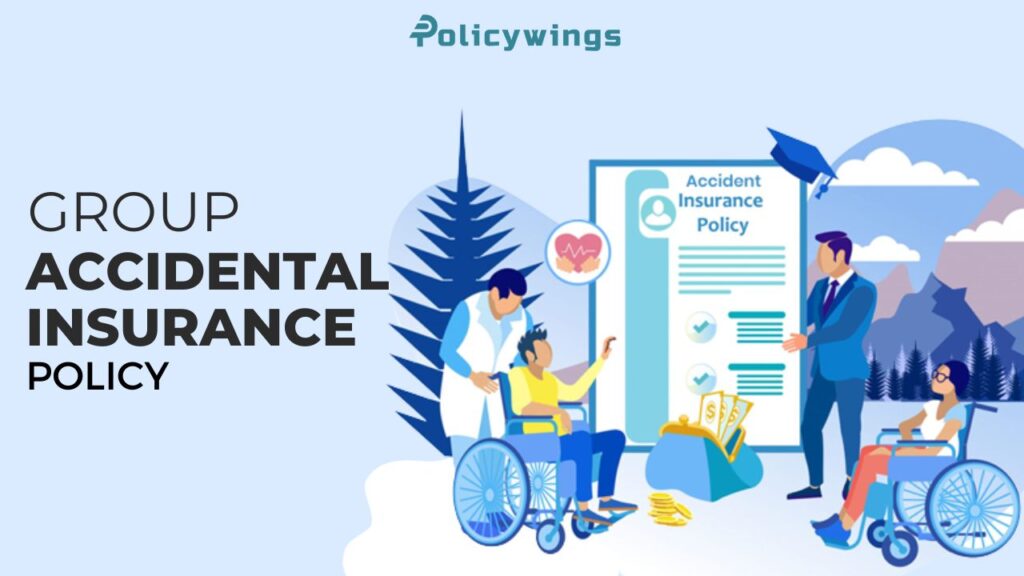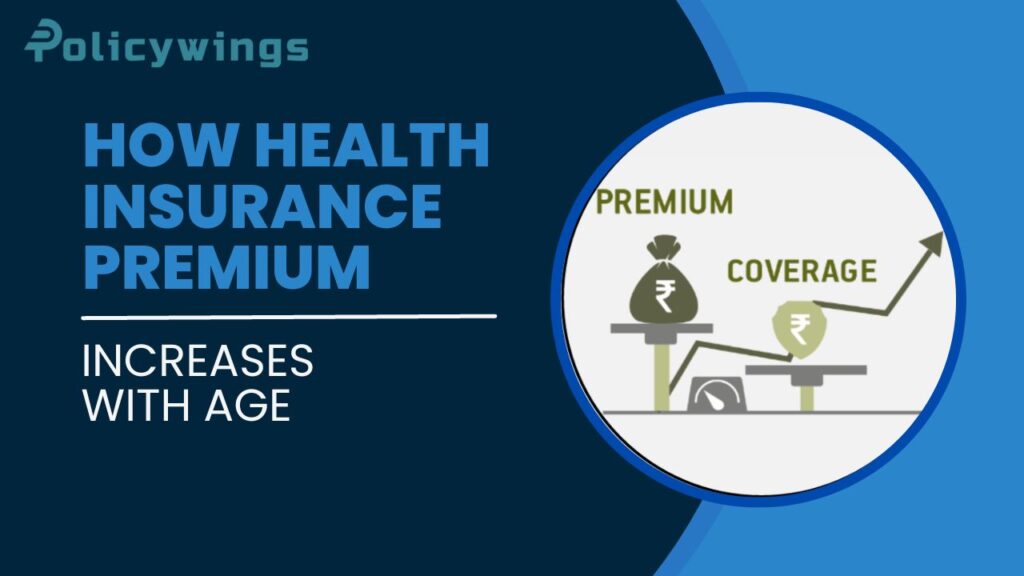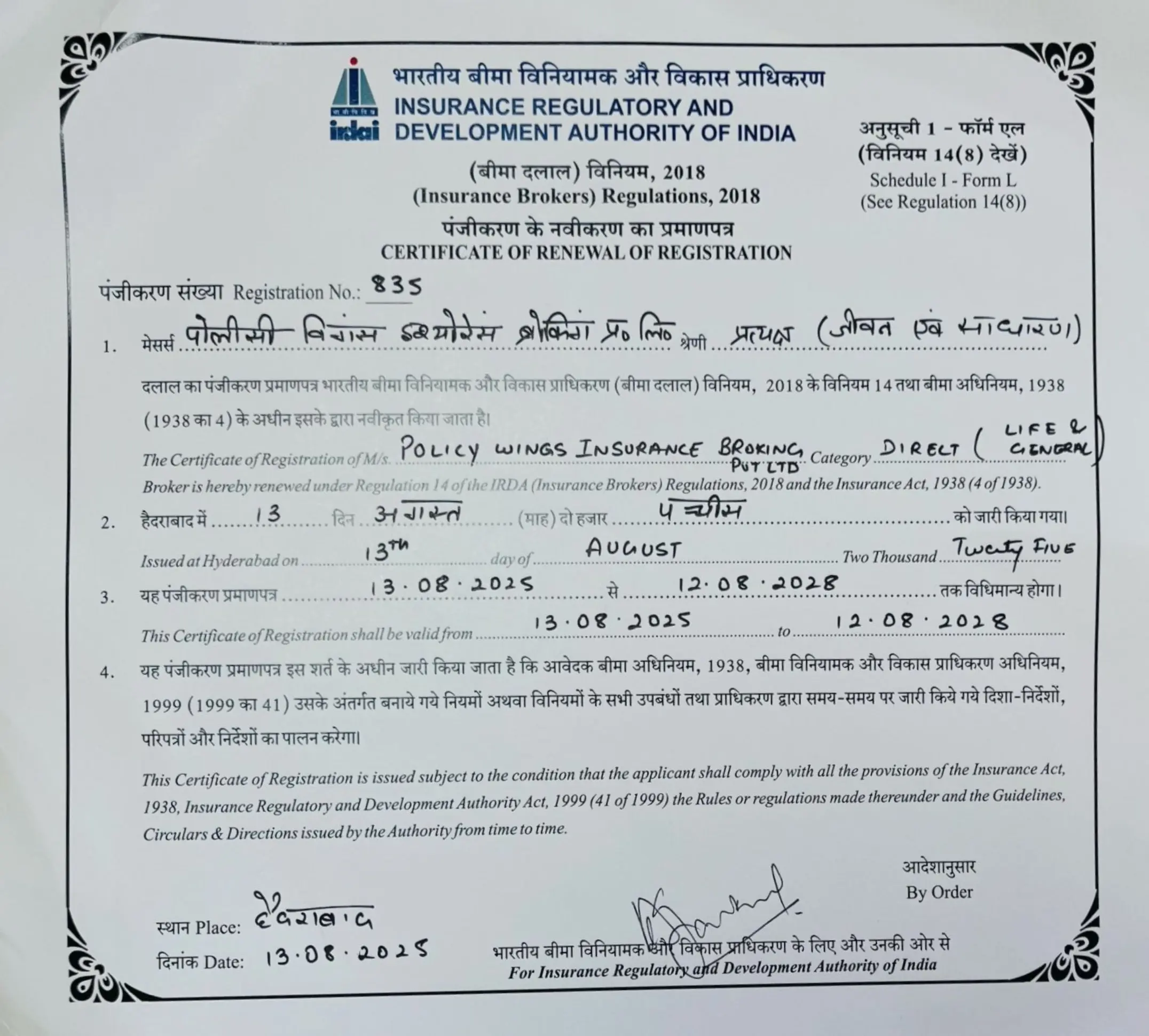Learn Why Commercial Renovation Insurance is Important?
Homepage > Articles > Commercial Renovation Insurance Undertaking a commercial renovation project is a significant investment for any business. Whether renovating an office space, renovating a retail store, or renovating a restaurant, the process can be complex and potentially risky. An important part of managing these risks is having the right insurance. In this comprehensive guide, we delve into the world of commercial renovation insurance, examining the types of coverage available, the importance of insurance for renovation projects, and how to choose the right policy for your needs. your specific needs. https://www.youtube.com/watch?v=DiO2Im1G4Hk What is Commercial Renovation Insurance Commercial renovation insurance is a niche insurance product specifically designed for businesses involved in renovation or remodeling projects. These policies are carefully crafted to address the unique risks and liabilities that often accompany such endeavors. Let’s dig deeper into the complexities of commercial renovation insurance to gain a comprehensive understanding of its purpose and components. Property Damage Insurance: Renovation projects can be complex and disruptive, often involving the removal or modification of existing structures. This leaves the property being renovated exposed to various risks, such as fire, theft, vandalism, and even natural disasters. Commercial renovation insurance typically includes coverage for damage or loss to the property. This insurance is called “builder’s risk insurance” or “construction insurance”. It extends protection not only to the building structure but also to materials and equipment located on the project site. Liability protection: Liability risk is another major concern in renovation projects. Commercial renovation insurance provides protection against claims for bodily injury or property damage that may arise after renovation work. For example, if a visitor, worker or passerby suffers an injury or property damage directly related to renovations, this insurance will cover medical expenses, legal fees and settlements. there may be. This aspect of the policy is called “general liability insurance.” Coverage for Contractor Equipment: Remodelling projects rely heavily on specialised equipment and tools. Commercial renovation insurance typically includes coverage for contractor equipment and tools used during the renovation process. If a contractor’s tools are stolen, damaged, or lost on the job site, this insurance ensures that the contractor will be compensated for the cost of repair or replacement. Worker’s Compensation: If you have employees or subcontractors working on your renovation project, workers’ compensation insurance is essential. It provides coverage for medical expenses and lost wages for workers injured while on duty. Compliance with workers’ compensation laws is often required to ensure that workers are properly protected. Professional Liability Insurance: In some cases, businesses may hire architects, engineers, or other professionals for their renovation projects. These professionals are held to high standards and any errors or omissions on their part could result in financial loss. Commercial renovation insurance may include professional liability insurance, also known as errors and omissions insurance, to protect you against claims of professional negligence or malpractice by these professionals. perform. Pollution liability insurance: In rare cases, renovation projects may uncover environmental contaminants such as asbestos or lead. Pollution liability insurance may be included in a commercial renovation policy to cover costs associated with environmental cleanup and pollution-related liability claims. Types of Coverage General liability insurance: This is a basic part of commercial renovation insurance. It protects against claims for bodily injury or property damage that may arise during a renovation project. For example, if a visitor to your construction site is injured after a slip and fall accident, general liability insurance will cover medical expenses and possible legal fees. Builder’s Risk Insurance: Builder’s risk insurance, also known as construction insurance, provides coverage against damage or loss caused by the property being renovated. This includes the building structure itself as well as on-site materials and equipment. Common risks covered include fire, theft, vandalism, and natural disasters. Contractor’s Equipment Insurance: This policy specifically covers the contractor’s equipment and tools used during renovations. If a contractor’s tools are stolen or damaged on the job, this insurance will cover repairs or replacements. Workers’ compensation insurance: If you have employees or subcontractors working on your remodeling project, workers’ compensation insurance is important. It covers medical expenses and lost wages for workers injured on the job. Compliance with workers’ compensation laws is often mandatory. Professional liability insurance: Also known as errors and omissions insurance, this coverage is essential if you are hiring an architect, engineer, or other professional for a renovation project. It protects against claims of professional negligence or malpractice that result in financial loss. Pollution liability insurance: In some cases, renovation projects may uncover environmental contaminants such as asbestos or lead. Pollution liability insurance covers costs associated with cleanup and pollution-related liability claims. The Importance of Commercial Renovation Insurance Now that we’ve explored the different types of insurance available, let’s look at why commercial renovation insurance is important for your project: Renovation projects inherently have risks, such as accidents, property damage or unforeseen structural problems. Insurance provides a safety net, reducing the financial burden on your business in the event of an incident. Many jurisdictions require businesses to carry certain types of insurance, such as workers’ compensation insurance. Failure to comply with these regulations may result in fines and legal consequences. Renovation projects often require significant investments in labor, materials, and equipment. Insurance protects your financial interests, ensuring that unforeseen events don’t cripple your budget. If you work with contractors, subcontractors, or lenders, they may require proof of insurance before committing to your project. Having the coverage you need can help you secure your policy and finances. Peace of mind: Knowing that you have adequate insurance coverage can give you peace of mind throughout the renovation process. This allows you to focus on project success instead of worrying about potential failures. Choosing the Right Commercial Renovation Insurance Choosing the most appropriate commercial renovation insurance policy for your project requires careful consideration. Here’s a step-by-step guide to help you make an informed decision: Step 1: Assess your project’s unique risksEvery renovation project is unique, as are the risks associated with it. Start by performing
Learn Why Commercial Renovation Insurance is Important? Read More »







